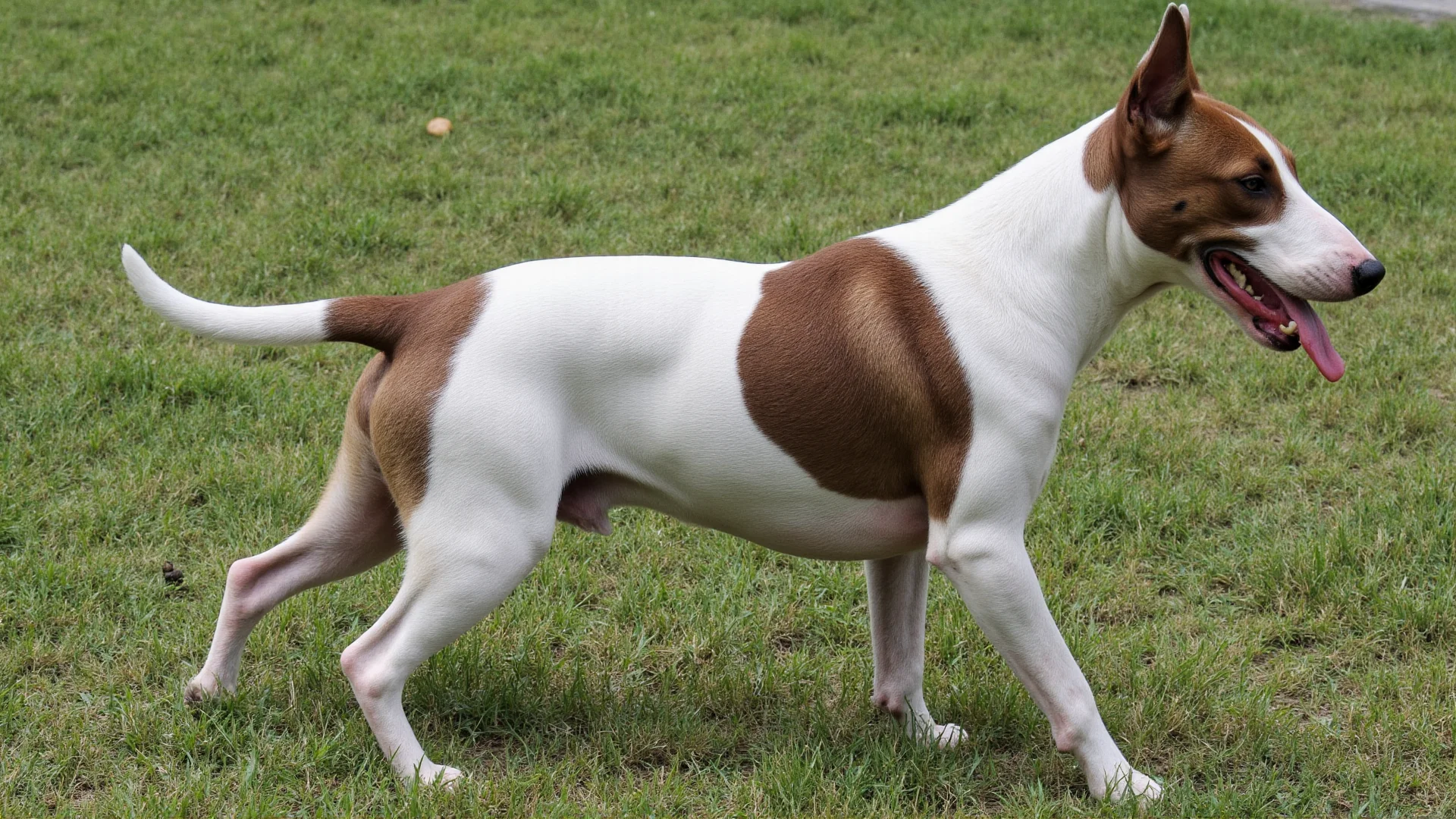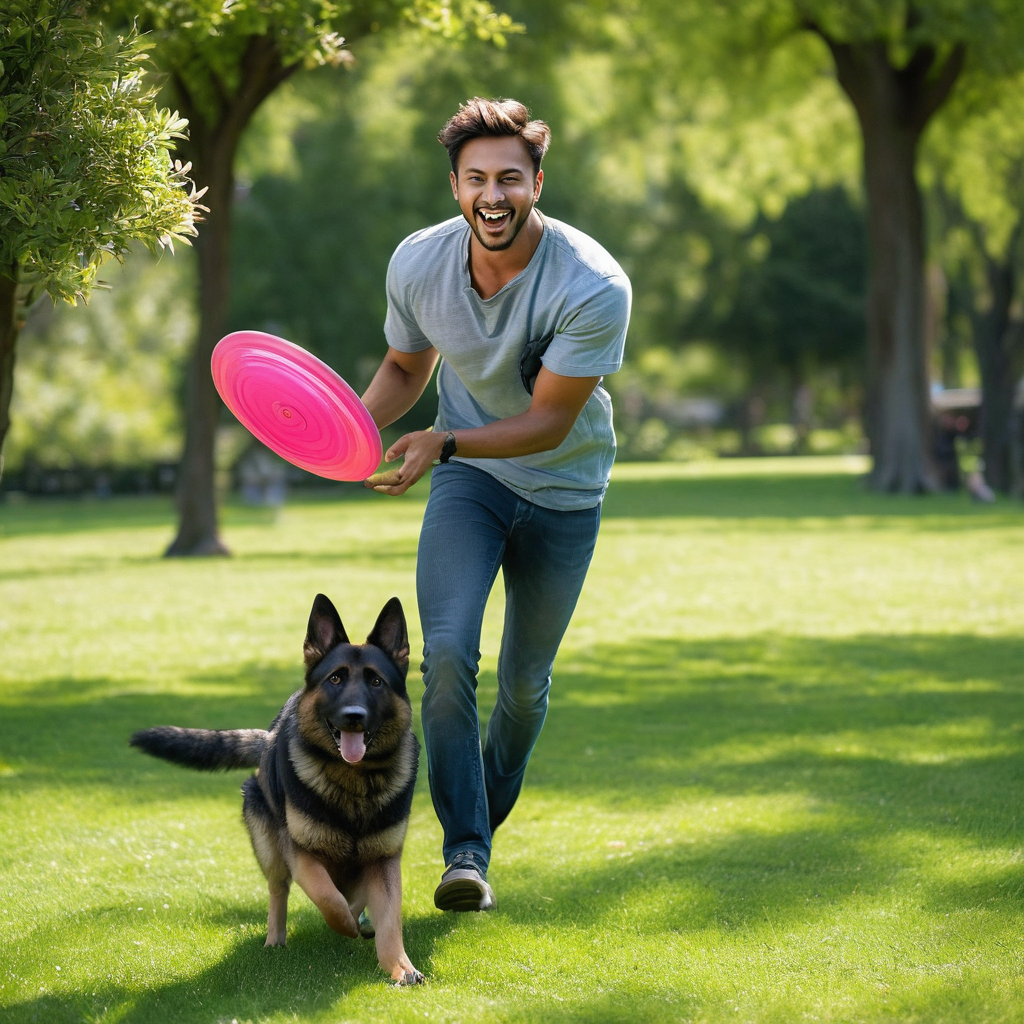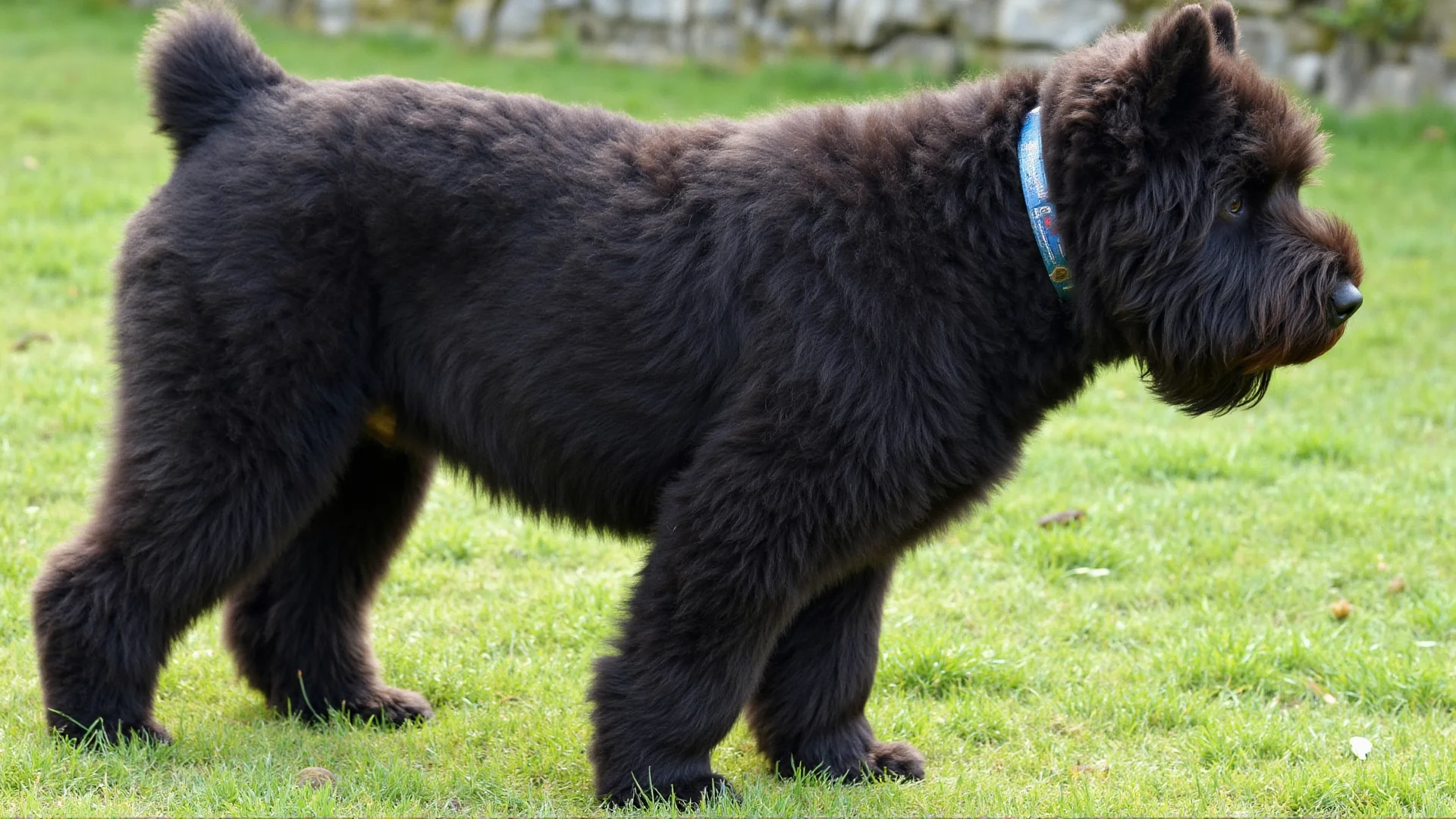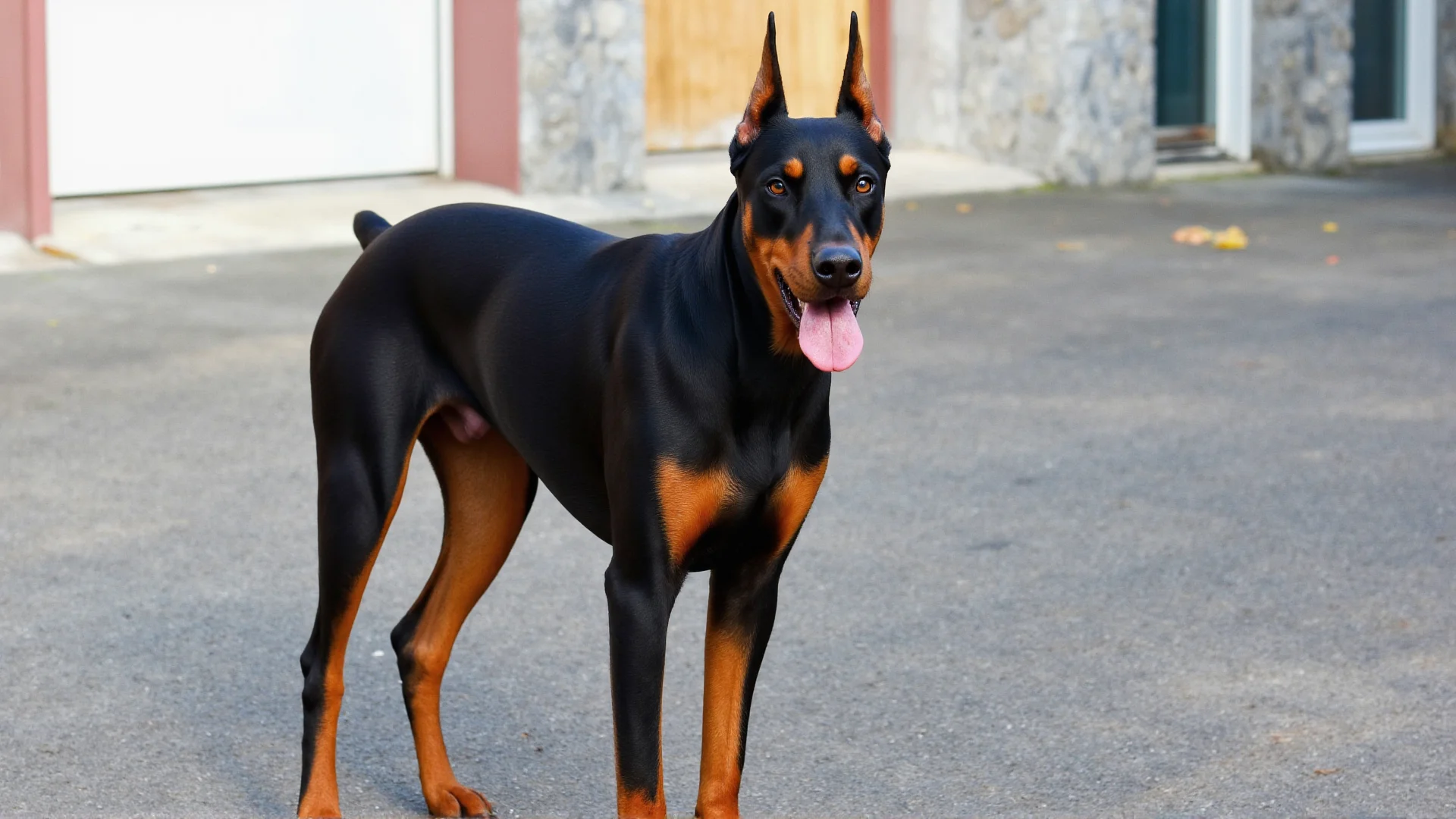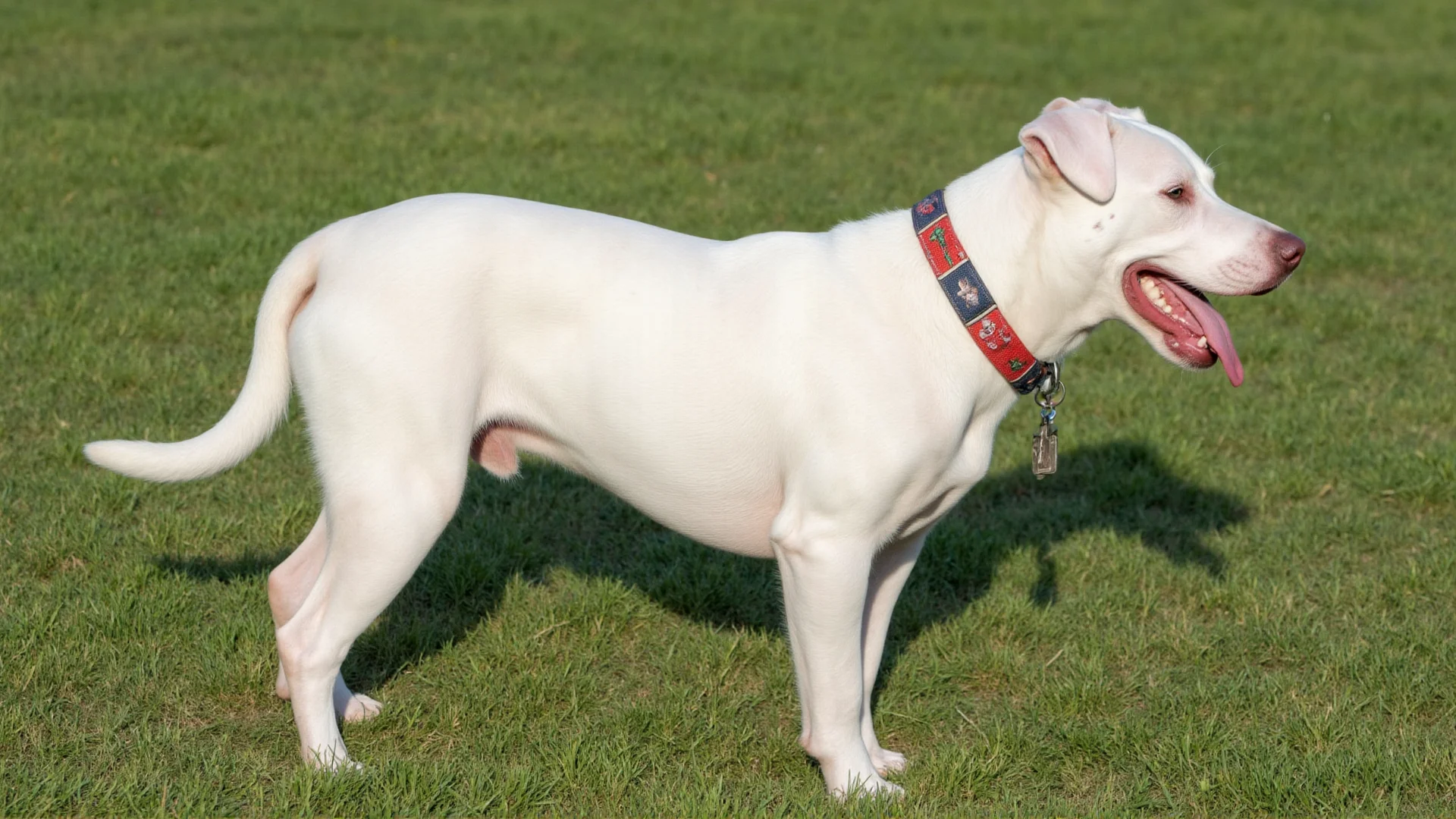Bull Terrier Urban Living: The Complete Guide to City Life with Your Egg-Headed Companion
Bull Terriers are known for their distinctive egg-shaped heads, muscular build, and spirited personalities. While these energetic dogs were originally bred for bull-baiting and later as gentleman's companions, they've adapted remarkably well to modern urban living. With the right approach, your Bull Terrier can thrive in city environments while maintaining their health, happiness, and that characteristic Bull Terrier charm.
Understanding the Bull Terrier's Urban Adaptation
Bull Terriers possess several qualities that make them surprisingly well-suited for city life. Their moderate size (typically 50-70 pounds) makes them manageable in smaller spaces, while their adaptable nature helps them adjust to urban rhythms. Unlike some breeds that require vast open spaces, Bull Terriers are more concerned with being close to their human family than having acres to roam.
These dogs are naturally social and curious, traits that serve them well in bustling urban environments. Their confident demeanor helps them navigate crowded sidewalks, busy parks, and the constant stimulation that city life provides. However, this same confidence requires proper channeling to prevent behavioral issues in close-quarter living situations.
Apartment Living Essentials
Space Optimization
Creating a Bull Terrier-friendly apartment doesn't require enormous square footage, but it does demand smart space utilization. Designate specific areas for eating, sleeping, and playing. A corner with their bed, toys, and water bowl becomes their sanctuary within your urban home.
Consider vertical space solutions like wall-mounted toy storage and elevated feeding stations. Bull Terriers appreciate having their belongings organized and accessible, which also helps maintain a tidy living space in compact quarters.
Noise Management
Bull Terriers can be vocal, and in apartment buildings, this requires proactive management. Early training focused on the "quiet" command is essential. Use positive reinforcement when your Bull Terrier remains calm during typical apartment building noises like elevator dings, footsteps in hallways, or neighboring dogs barking.
Soundproofing measures like thick rugs, curtains, and strategic furniture placement can help minimize both incoming and outgoing noise. Remember that a well-exercised Bull Terrier is typically a quieter Bull Terrier.
Urban Exercise Strategies
City Walking Mastery
Urban walks with a Bull Terrier require preparation and technique. These strong, determined dogs need excellent leash training to navigate crowded sidewalks safely. Invest in a high-quality, comfortable harness that provides good control without restricting movement.
Plan your walking routes to include varied terrain and experiences. Urban environments offer excellent sensory enrichment through different surfaces (concrete, grass patches, gravel), smells, and sights. Aim for at least two substantial walks daily, each lasting 30-45 minutes.
Dog Parks and Urban Green Spaces
Locate and regularly visit dog parks and urban green spaces in your area. Bull Terriers benefit enormously from off-leash play time with appropriate canine companions. However, their play style can be intense, so supervision and understanding of their body language is crucial.
Early morning or late evening visits often provide the best experience, as these times typically attract more serious dog owners and result in calmer, more controlled environments.
Indoor Exercise Solutions
Weather and urban constraints sometimes limit outdoor activities. Develop a repertoire of indoor exercises for your Bull Terrier. Puzzle toys, treat-dispensing balls, and indoor agility courses using household items can provide mental and physical stimulation.
Stair climbing (where available and safe) offers excellent cardiovascular exercise. Tug-of-war games and indoor fetch in longer hallways or rooms help burn energy when outdoor options are limited.
Socialization in the Urban Environment
People and Crowd Exposure
Cities provide natural socialization opportunities that rural environments can't match. Regular exposure to diverse groups of people, different ages, and various situations helps develop a well-rounded Bull Terrier. Start with controlled exposures and gradually increase complexity.
Outdoor dining areas, public events, and busy street corners become training opportunities. Always maintain control and watch for signs of overstimulation or stress in your Bull Terrier.
Multi-Species Encounters
Urban environments often include encounters with other animals beyond dogs. Cats, birds, and even urban wildlife require specific socialization approaches. Bull Terriers have a strong prey drive, making early and consistent training around smaller animals essential for peaceful city coexistence.
Urban Health Considerations
Environmental Hazards
City living presents unique health challenges. Protect your Bull Terrier's paws from hot pavement, road salt, and urban debris with regular paw checks and potential protective gear during extreme weather. Rinse paws after walks to remove pollutants and irritants.
Air quality in urban areas can affect respiratory health. Monitor your Bull Terrier during high-pollution days and adjust exercise intensity accordingly. Indoor air purifiers can help improve your shared living environment.
Veterinary Access
One significant advantage of urban Bull Terrier ownership is access to specialized veterinary care. Research and establish relationships with local veterinarians, emergency clinics, and specialists before you need them. Many urban areas offer 24-hour emergency services and specialty care that rural areas lack.
Building Community Connections
Local Dog Communities
Cities often have vibrant dog owner communities. Join local dog walking groups, breed-specific meetups, or neighborhood dog owner social media groups. These connections provide valuable resources, emergency support, and social opportunities for both you and your Bull Terrier.
Many urban areas host dog-friendly events, training classes, and social gatherings. Participating helps integrate your Bull Terrier into the local community while providing enrichment and exercise opportunities.
Professional Services
Urban living often provides access to professional dog services that can enhance your Bull Terrier's quality of life. Dog walkers, pet sitters, grooming services, and specialized trainers are typically more readily available in cities. Building relationships with trusted professionals creates a support network for your urban dog ownership journey.
Seasonal Urban Adaptations
Summer City Life
Urban heat islands make summer management crucial for Bull Terriers. Their short coat provides less insulation, making them susceptible to both overheating and sun exposure. Schedule walks during cooler morning and evening hours, and always test pavement temperature with your hand before walks.
Seek out shaded routes, water features, and air-conditioned spaces during hot weather. Many cities offer dog-friendly businesses that welcome well-behaved pets during extreme weather.
Winter Weather Strategies
Bull Terriers may need additional protection during harsh winter weather. Consider protective clothing for extremely cold conditions, and be aware that road salt and ice-melting chemicals can irritate paws and be toxic if ingested.
Training for Urban Success
Essential Urban Commands
Beyond basic obedience, urban Bull Terriers benefit from specific commands tailored to city life. "Wait" at curbs, "leave it" for urban debris, and "focus" for maintaining attention in distracting environments are invaluable tools for safe city navigation.
Practice these commands in increasingly challenging urban environments, gradually building your Bull Terrier's ability to respond reliably despite distractions.
Behavioral Management
Address potential urban behavioral challenges early. Resource guarding, territorial behavior, and overexcitement around other dogs can be particularly problematic in close-quarter city living. Consistent training and professional help when needed prevent small issues from becoming major problems.
